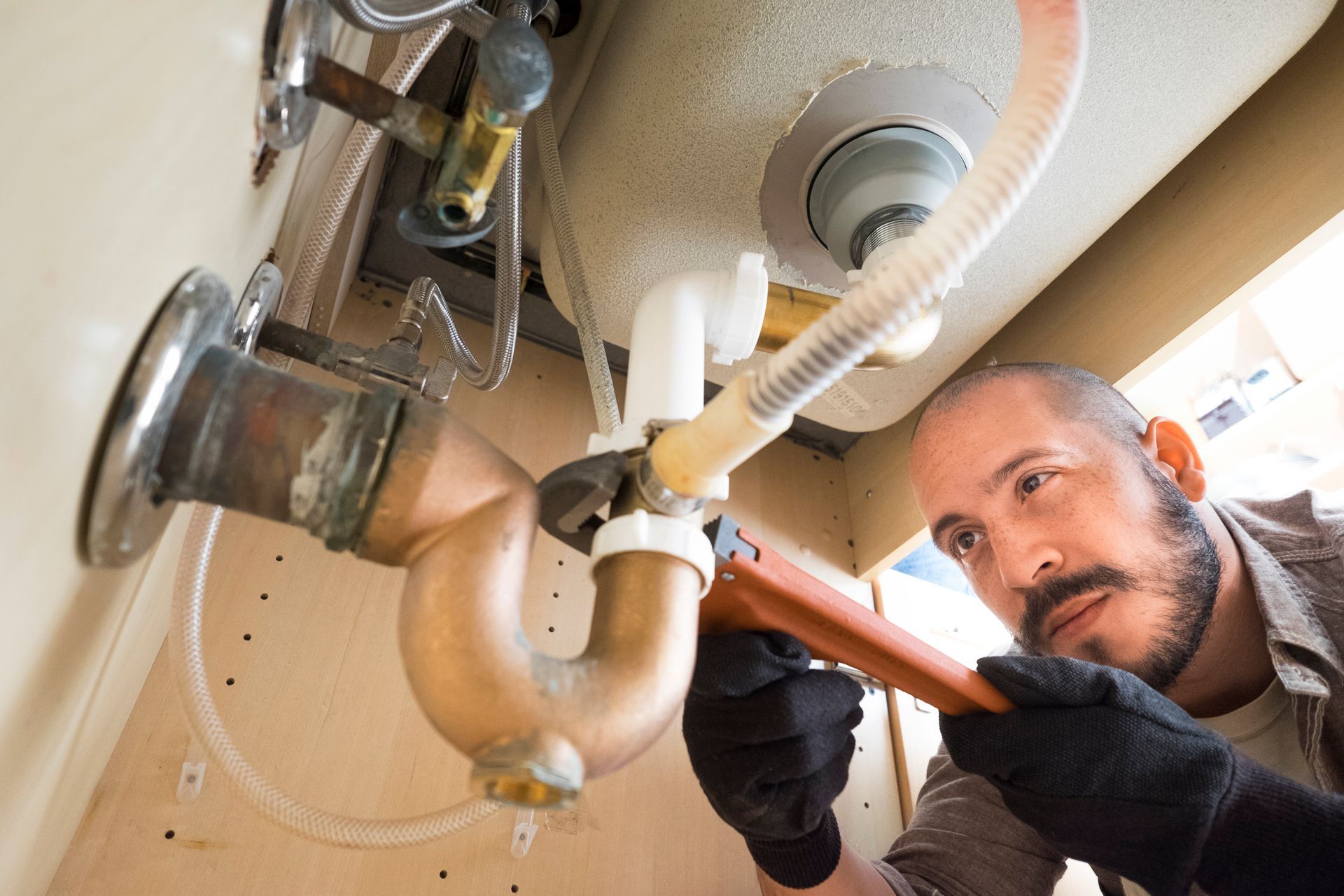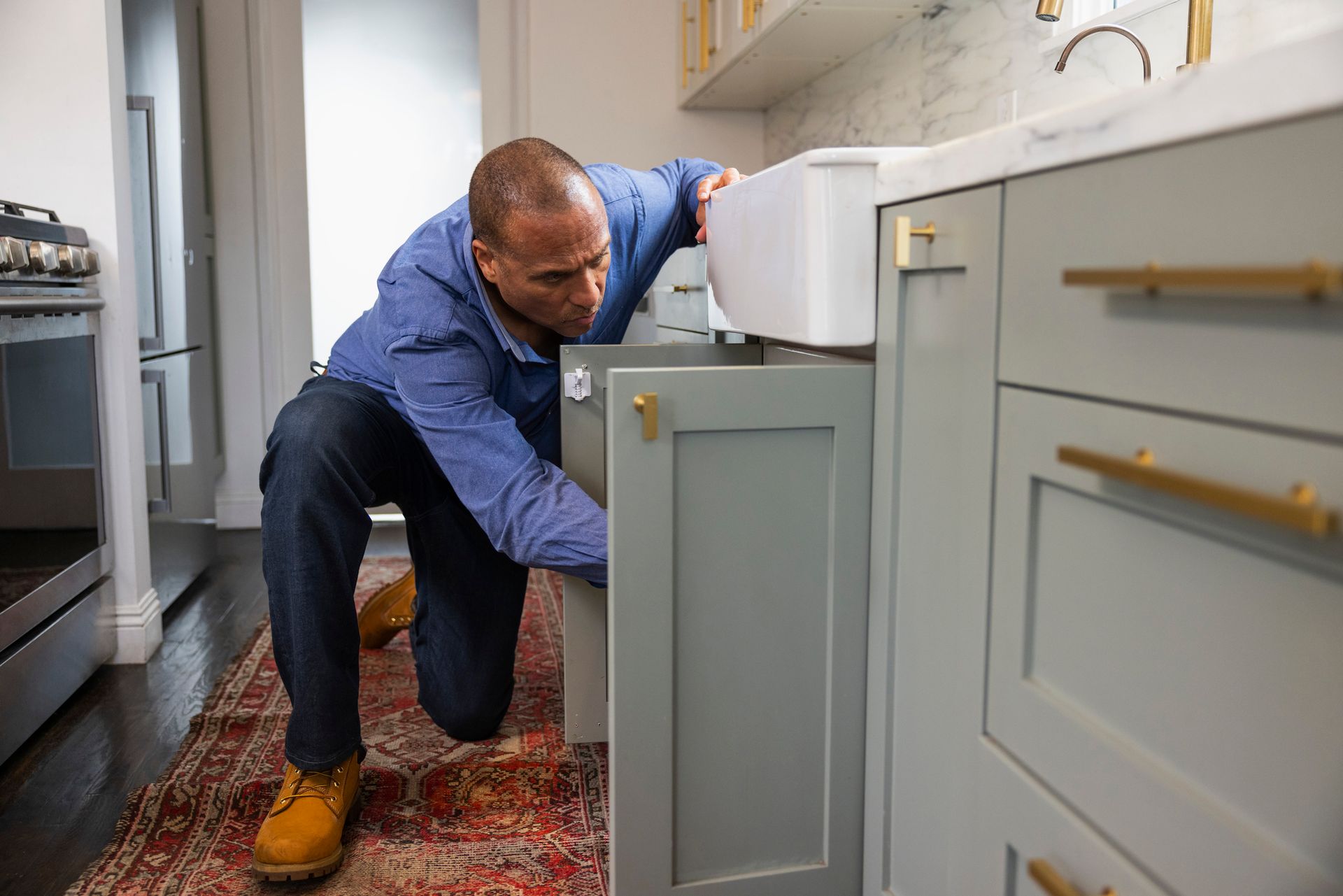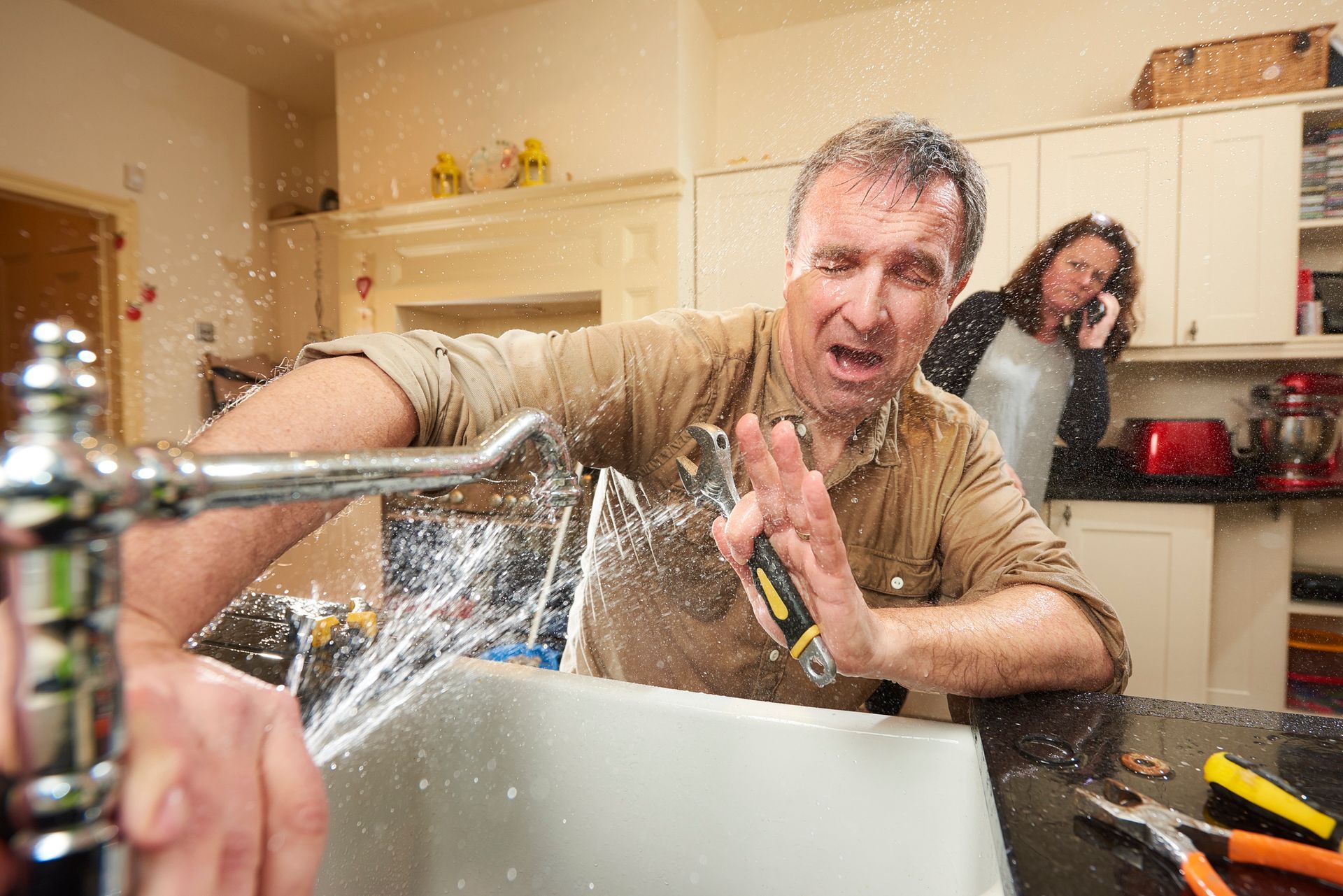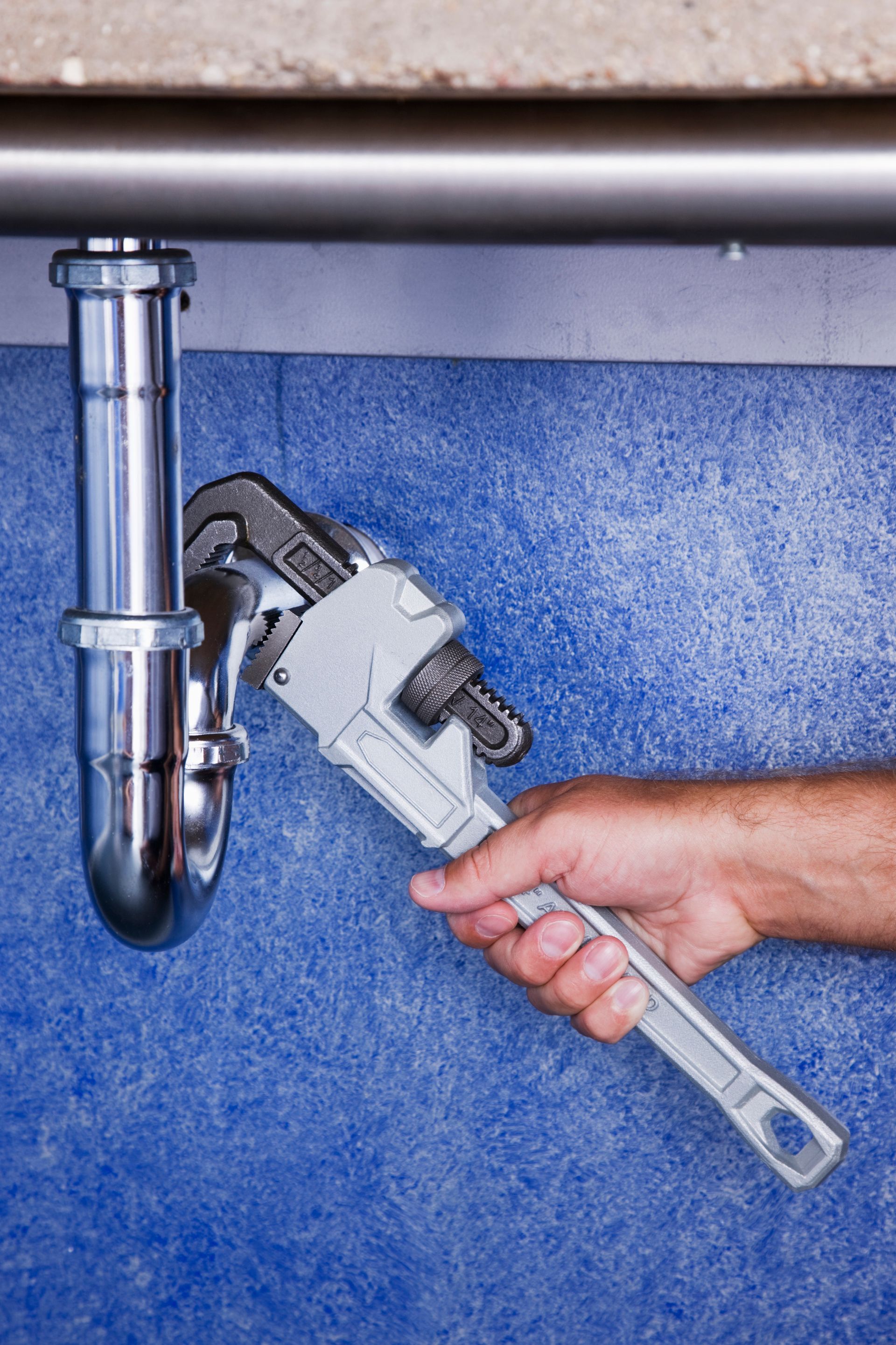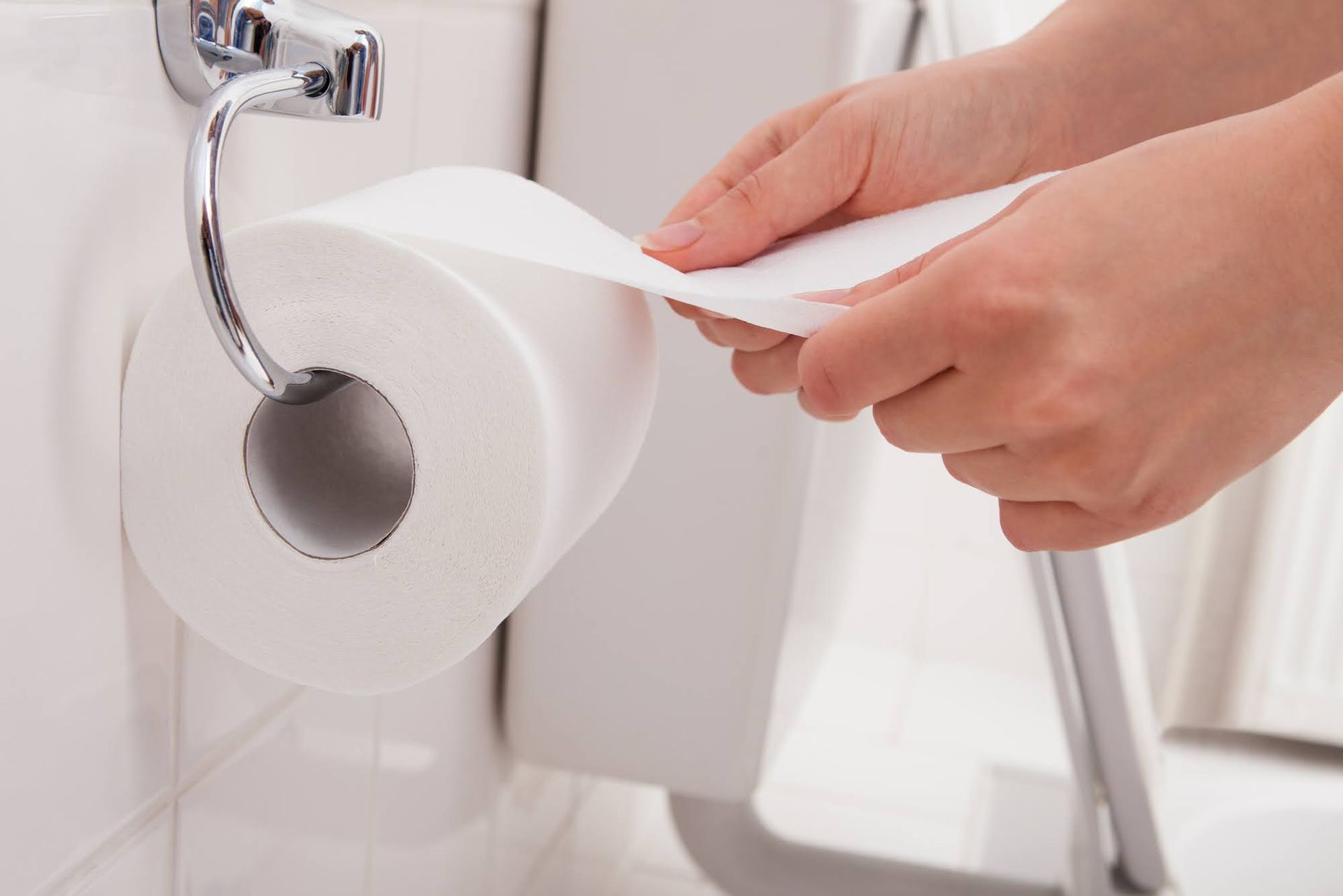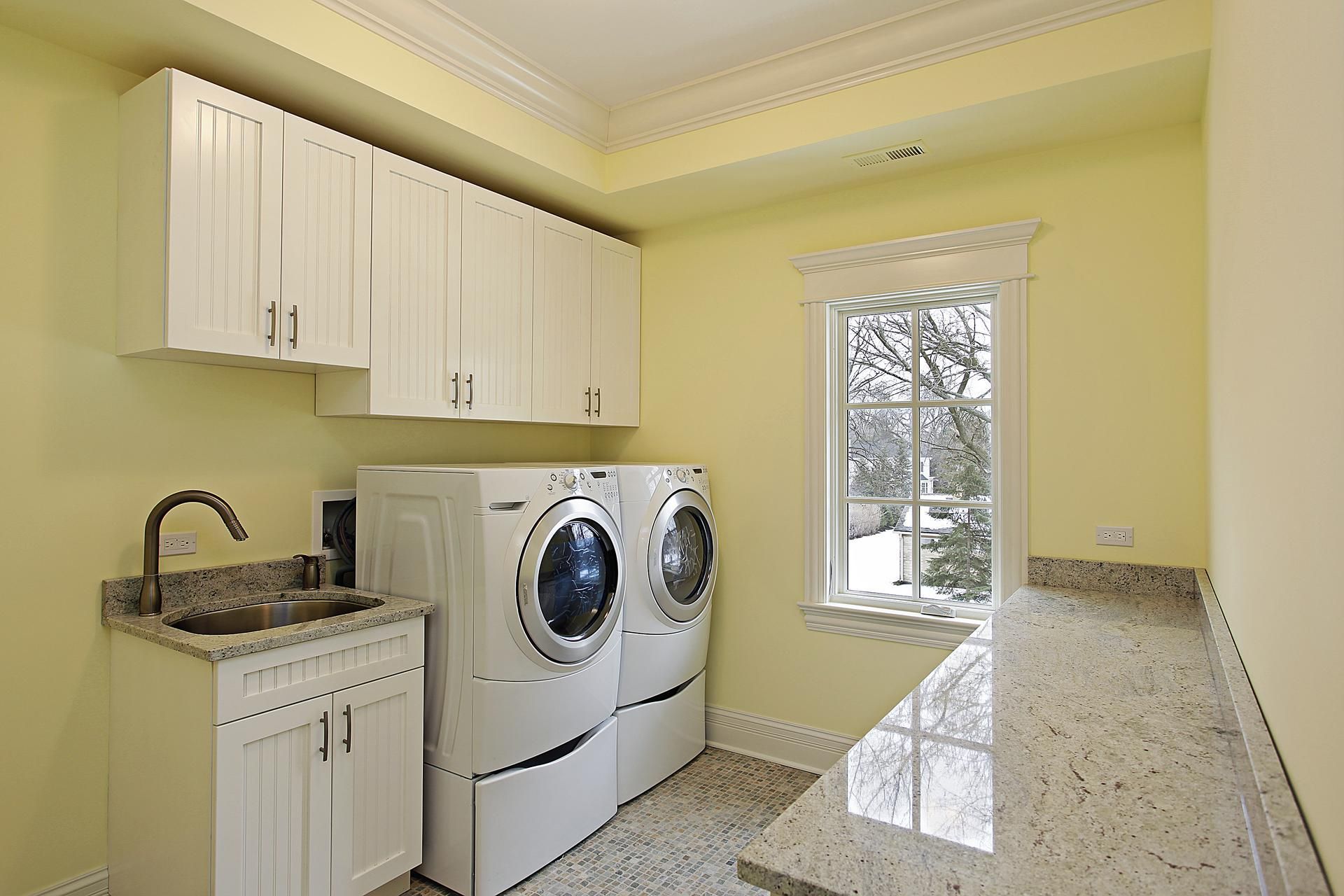Blog
How to Maximize Your Bathroom Renovation and Minimize the Costs
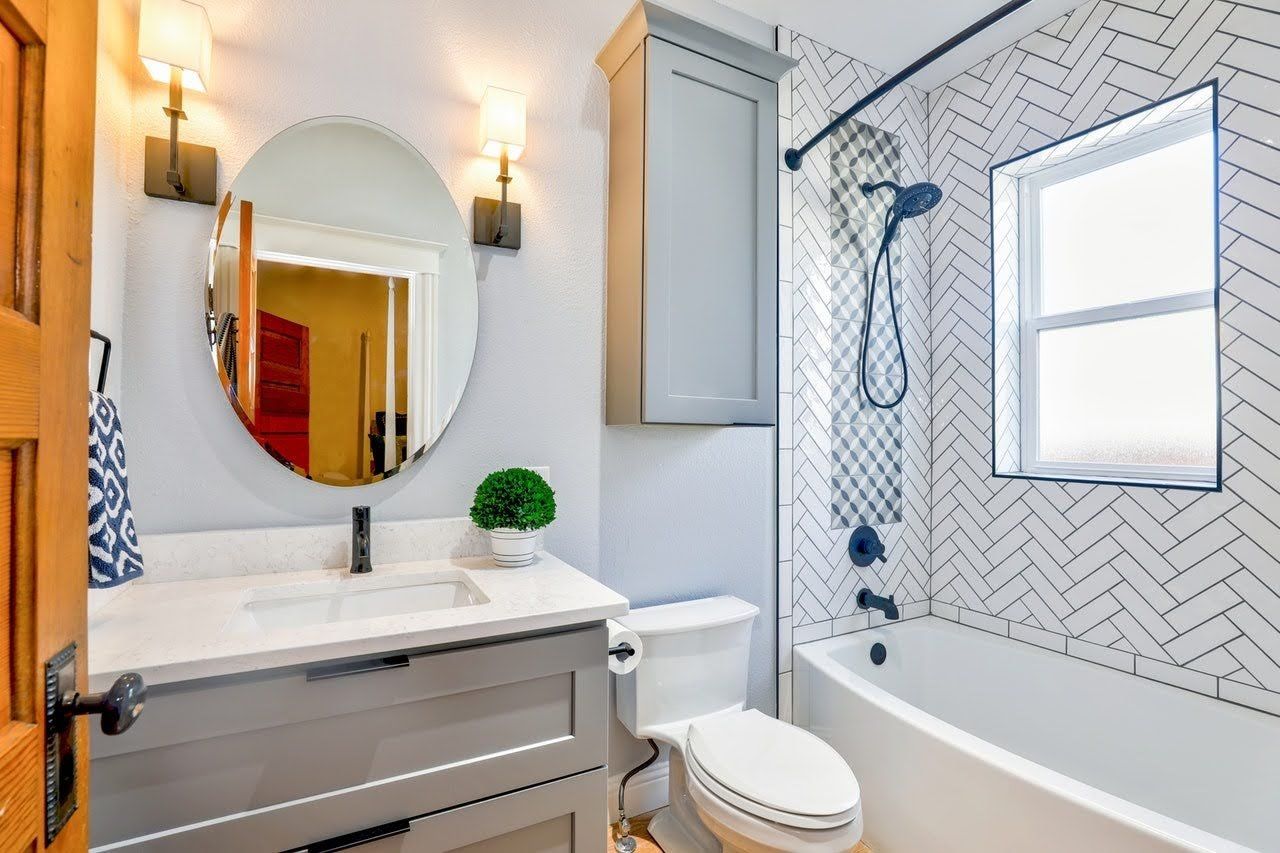
Are you ready to redo your master bath? According to Remodeling magazine, you could recoup over 60 percent of the initial costs for a midrange bath upgrade. If you want to maximize what you could recoup or you just have a slimmer budget than you initially expected, take a look at the ways to save money on a master bathroom remodeling project.
Hire a Plumber
A do-it-yourself approach may seem like a cost-saving idea, but this strategy won't necessarily help you minimize your bathroom remodeling project costs. Even though a DIY remodel won't include the cost of labor, you may pay more (or lose money) in other ways. These could include:
- Time lost from work. The time you spend researching ways to remodel a bathroom, watching instructional videos, and completing the renovations is time you won't spend at work. If you don't have plenty of paid time off left to use, this project could cost you in lost wages.
- Mistakes and corrections. As a novice plumber, you will likely make some mistakes. These mistakes could cost you extra time, extra repairs, and extra materials. Some mistakes may result in the need to scrap a DIY plan and hire a professional to completely redo the job.
- Cost of materials. A professional plumber may have access to wholesale-priced materials which could save you money in the overall cost of the renovation. The plumber will also already have the equipment needed to complete the job. This means you won't need to buy or rent wrenches, a saw, or anything else.
Before you hire a plumber, check the contractor's credentials. A qualified plumber should have verifiable references from real clients. Avoid plumbers without references or those that only have generic online reviews.
Choose Individual Projects Wisely
Do you need to replace every part of the master bath's plumbing system? While some fixtures or components may need an upgrade, others may prove optional. Before you agree to a complete renovation, consider:
- The age of each item. According to the International Association of Certified Home Inspectors (InterNACHI), faucets can last for 15 to 20 years, a fiberglass tub may have a 20-year lifespan, and toilet tank parts have an average lifespan of 5 years. Anything at the upper limit of its expected lifespan may require a replacement.
- The condition of each item. A tarnished faucet or clogged showerhead needs to go. But a toilet that's in top shape and looks like it's new (whether it's a year or decades-old) can stay.
- The project’s focus. Do you want to highlight the shower area, create a tranquil spa-like bath, or create a glamorous vanity space? Reduce your renovation budget and choose a few projects to spotlight. This type of selective focus allows you to update the bathroom without overspending.
If you're still not sure which projects to focus on, talk to a qualified contractor. The plumber can provide you with estimates for different jobs and help you compare prices.
Select the Durable, Budget-Friendly Fixtures
You want to save money, but that doesn't mean you want to choose the cheapest fixtures available. Cheap fixtures are low-quality items that will leak or wear easily. Even though the starting price may fit well within your budget, you could end up spending unnecessarily on replacements next year.
Instead of cheap fixtures, select inexpensive options that have the durability your bathroom needs. Most contractors can provide clients with options at a range of prices. If you already have a set budget, review how much you're willing to spend with the plumber before you invest in anything. The professional may have options that are budget-friendly, long-lasting, and have the look you want for this renovation project.
When you’re ready for the next step in your bathroom renovation process, reach out to an experienced plumber. Contact Complete Plumbing for more information.
Installation
Services
and Military Discount



